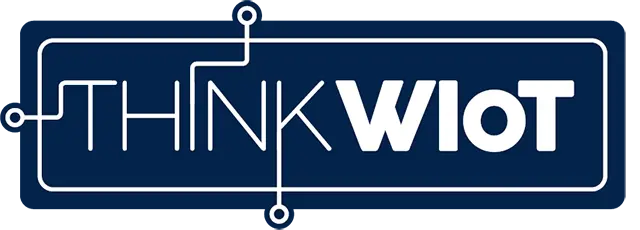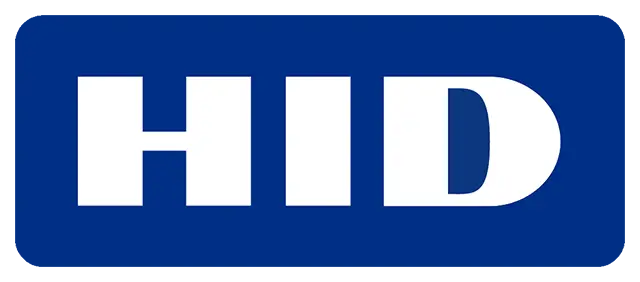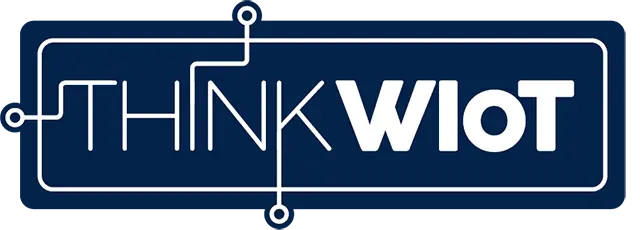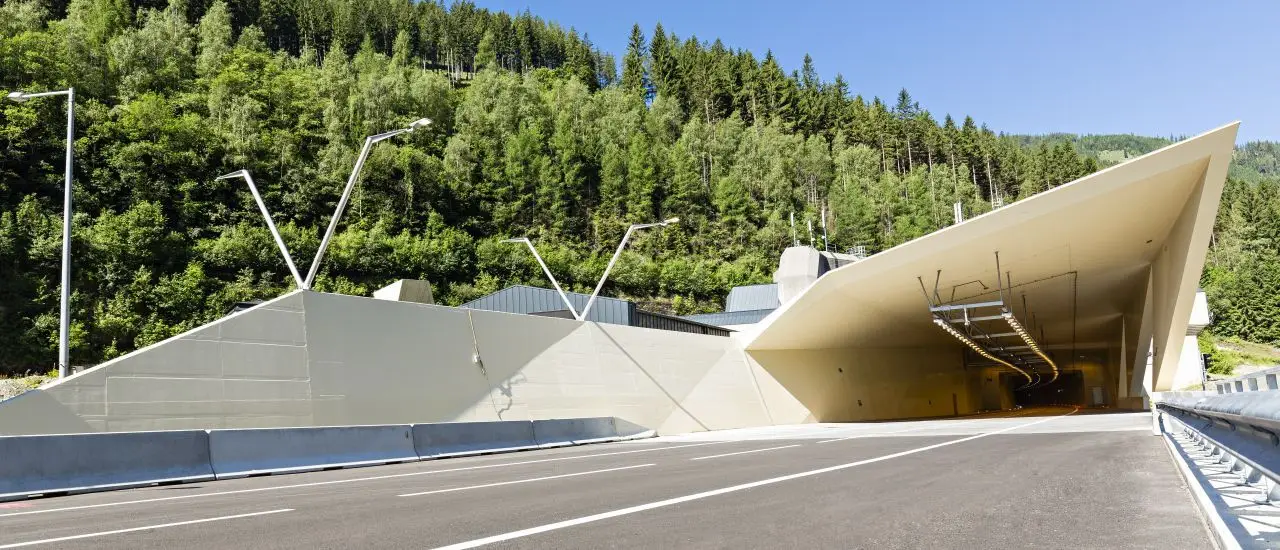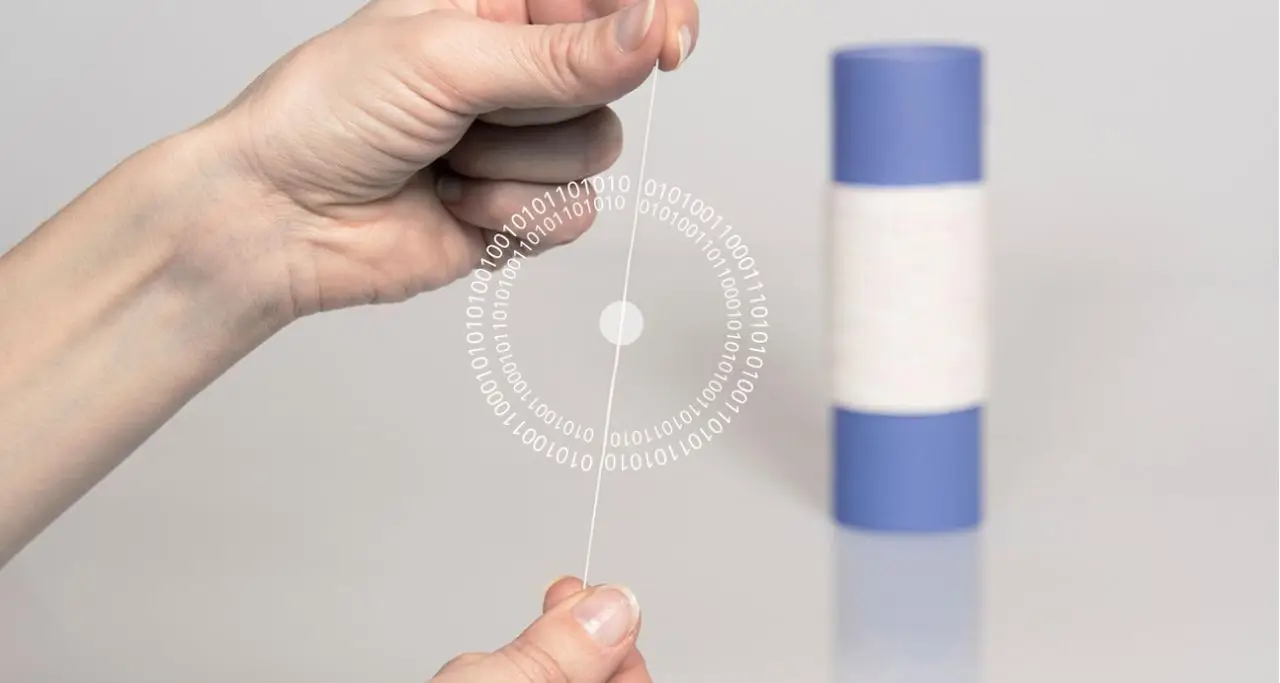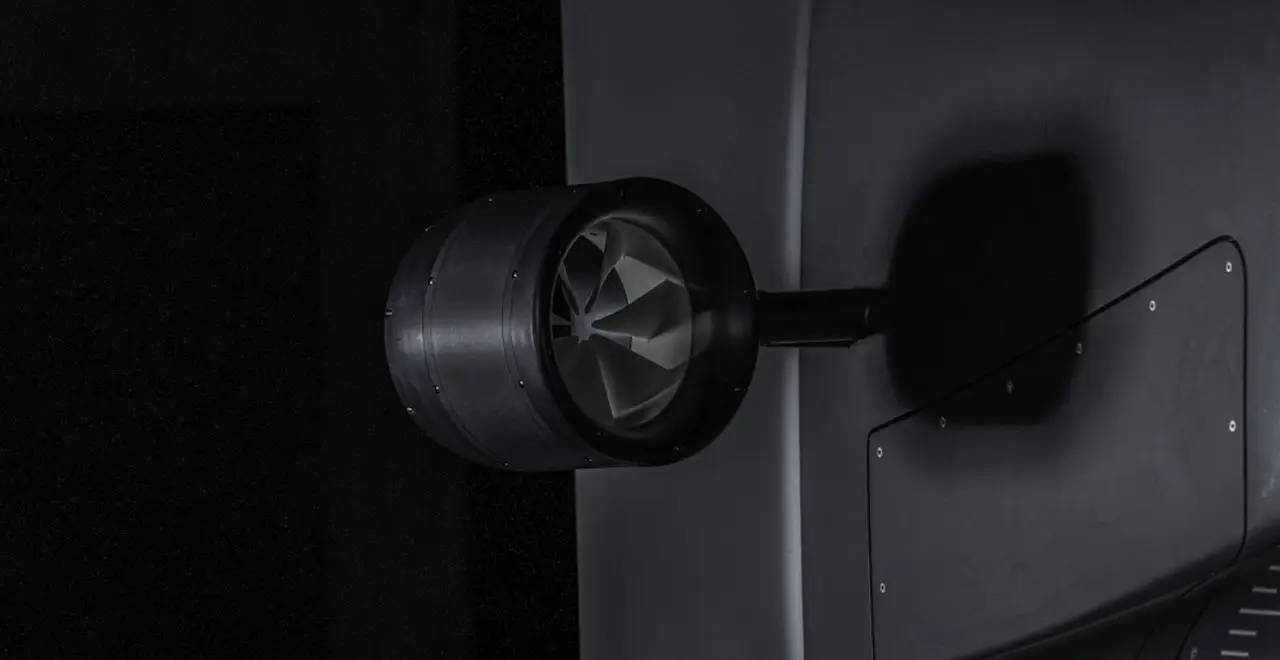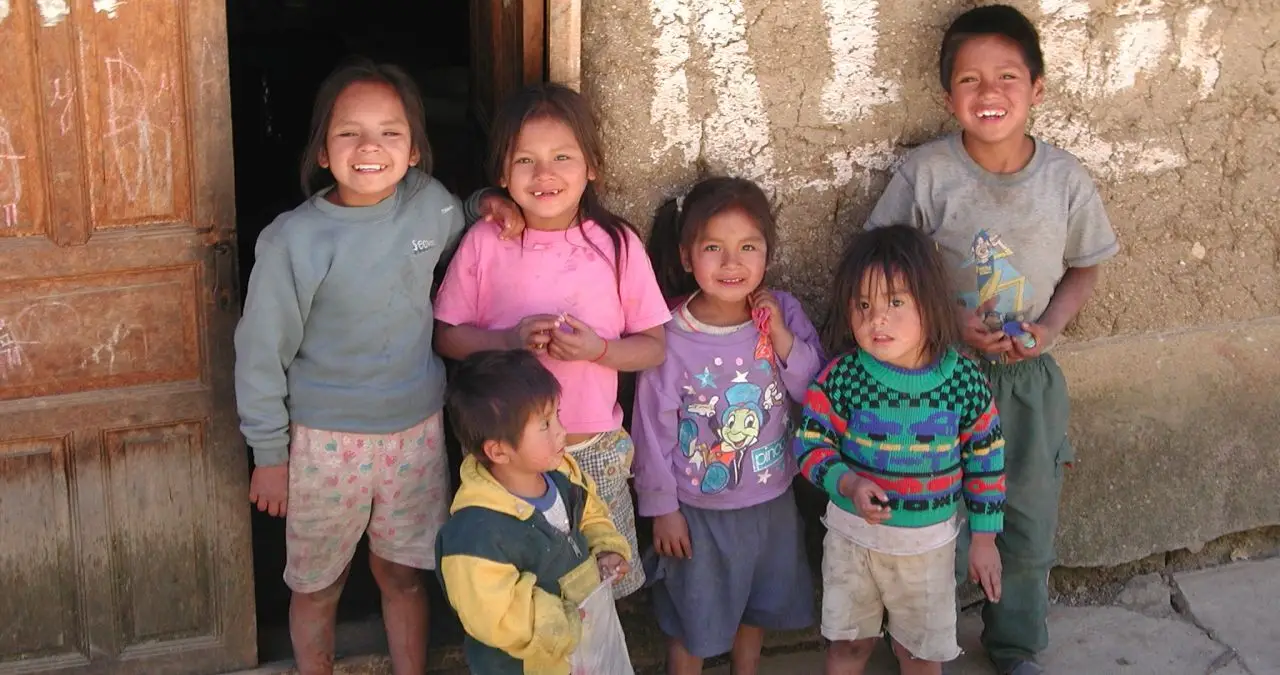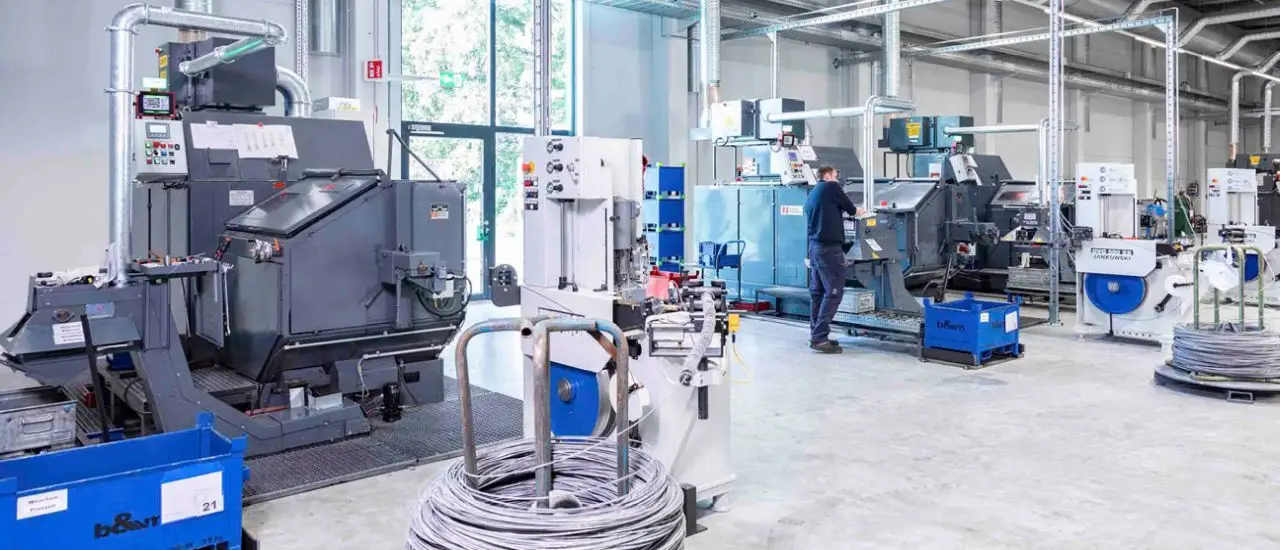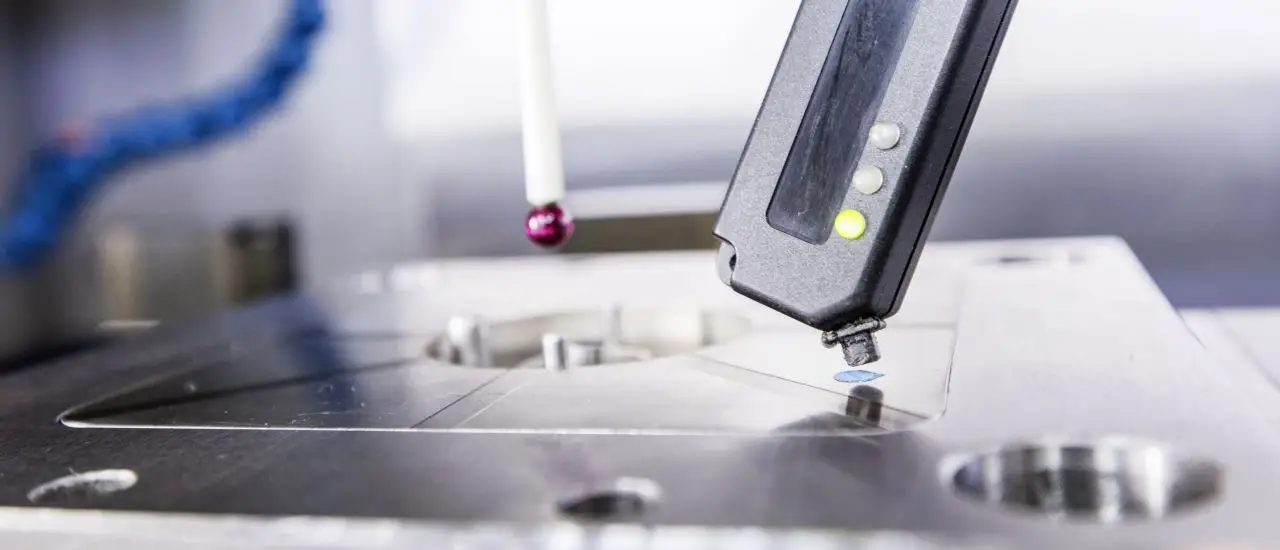- Pallet-level RFID tracking enables real-time monitoring of over ten million forest plants, replacing manual spreadsheets.
- Each pallet’s transponder ID is linked to a database containing species, origin, certification and genetic reference data.
- Automated readers on forklifts and at fixed points provide multiple verification steps to ensure precise location and inventory accuracy.
- The solution improves logistical responsiveness, reduces errors and supports provenance-based planting decisions that protect genetic suitability for local climates.
🌳 Precise Plant Logistics Thanks to RFID at August Lüdemann!
Before: Complex spreadsheets, slow processes, unclear traceability.
Now: Real-time tracking of over 10 million forest plants with HID Bin Tag transponders – seamless and transparent.
In an interview with Think WIOT, Ingo Janssen, Product Manager at GIS, explains how August Lüdemann assigns each batch of plants with pinpoint accuracy in real time. The RFID-supported process starts right after harvesting and ensures maximum efficiency in plant production. HID RFID Bin Tags are used and installed in the floor of the storage hall.
Precision Reforestation Instead of Blind Planting
DNA check for the forest - Why origin counts
Certified forest plants are like the genetic fingerprint of a tree. They make it possible to verify the origin of a tree’s seed. Forest enterprises ensure this by keeping reference samples of plant material and cooperating with genetic laboratories. Why is this important? Each tree species is adapted to specific climate conditions – for example, a spruce from Sweden must not be planted in Bavaria, as it would not thrive there.
By certifying forest plants based on verifiable forest origin, it is ensured that only trees suited to the local ecological conditions are planted in the forest. This helps preserve and strengthen the forest’s wide genetic pool, making it more resilient to future challenges. In this way, the forest will be able to adapt to the climate of the next hundreds of years.
The seedling trees are uprooted during the vegetation-free period - in the fall, winter or early spring, when the plants are dormant. This ensures that they are optimally prepared for further transportation and planting.
August Lüdemann Forest Tree Nursery
Founded in 1912 in Halstenbek, Germany
Specialized in Forest Plants
Expanded to Include Forestry and Landscaping Services Since 1997
Introduction of Container-Grown Forest Plants Starting in the 2024/2025 Season
Member of Various Associations and Part of the "Die Forstmacher" Initiative
RFID-supported forest logistics
About August Lüdemann forest nursery
August Lüdemann Forstbaumschule was founded in 1912 by Albert August Lüdemann in Schleswig-Holstein and began as a pure cultivation of forest plants. A few decades later, the branch was opened in Frankfurt-Niederrad. This is where the head office is located today. The Ellerhoop branch organizes the purchase of cultivated plants from the greater Pinneberg area. Pinneberg is considered the largest forestry cultivation area in Germany.
From clearing to loading
The purchase of tree plants from the Pinneberg area is organized in the autumn by the August Lüdemann FLS branch in Ellerhoop. The buyer receives a loading list from the main company in Frankfurt and visits all the nurseries in the spring to check the goods on site. In total, he buys an average of 10 million small trees per season.
The buyer documents the quantity, quality and shipping dates in the loading list and attaches an RFID loop transponder to each pallet. The transponder ID is linked to the database, which stores further detailed information such as plant species and genetic fingerprint, size, origin and certification. The buyer also has the option of adding new plant batches directly to the database.
After collection, the goods are either loaded directly at the nursery or in Ellerhoop and then transported to August Lüdemann's premises in Frankfurt. At this point, it is already clear whether the goods will be planted directly on a specific forest plot or stored temporarily in cold storage for a forestry company until spring. Thanks to the RFID-supported process, every single batch of trees is fully documented from clearing to planting, which enables maximum transparency and therefore efficiency in forest logistics.
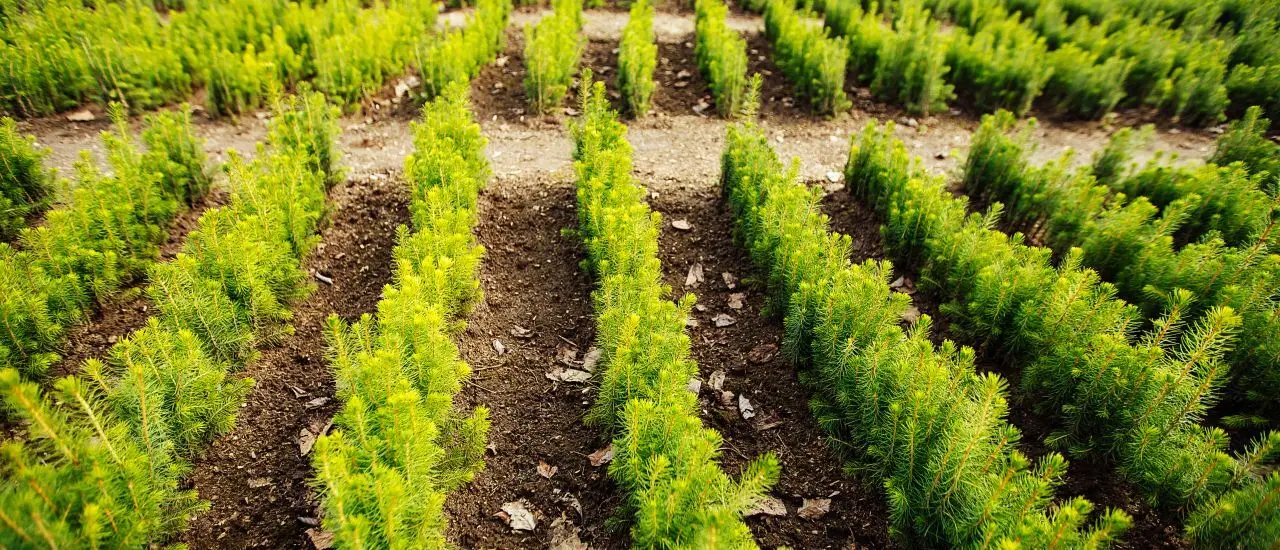
No searching, no counting - RFID shows where the trees are
Pallet labeling enables efficient and cost-saving tracking of goods throughout the logistics process. As individual labeling would be uneconomical at a unit price of around €2.90 per tree, labeling takes place at pallet level. Each pallet receives an RFID loop transponder that contains a unique ID and is linked to the corresponding inventory data in the database.
After storage in the warehouse in Frankfurt, each pallet location is precisely assigned so that forklift trucks always know exactly where which goods are located. In this way, the required batch of forest plants can be made available for dispatch in a targeted manner and without manual searching. The system ensures that every order is correctly assigned to the respective customer.
If the actual quantity delivered differs from the planned quantity - for example, if only 1,500 plants are available instead of 2,000 - the data record in the database is adjusted directly. This flexible inventory management ensures maximum transparency and optimizes the entire tracking process.
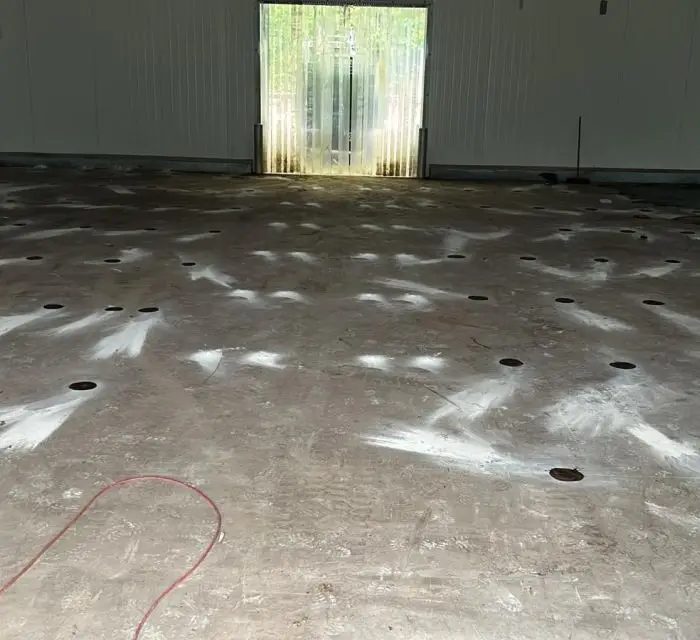
RFID on the forks: precise tracking without compromise
Each forklift in the warehouse is equipped with an RFID reader to ensure seamless tracking and traceability of goods. The biggest challenge lies in the vast amount of data: since forklifts move pallets throughout the day, the captured information must be processed in real time.
To guarantee maximum accuracy, location tracking is carried out through multiple checks:
A fixed reader at the warehouse entrance automatically detects the load during entry and exit.
During transport, the movement is continuously monitored.
When the pallet is set down, another verification takes place.
This ensures, for example, that 500 plants are placed precisely at their designated storage location. Every movement remains transparent and traceable at all times – from storage to shipment.
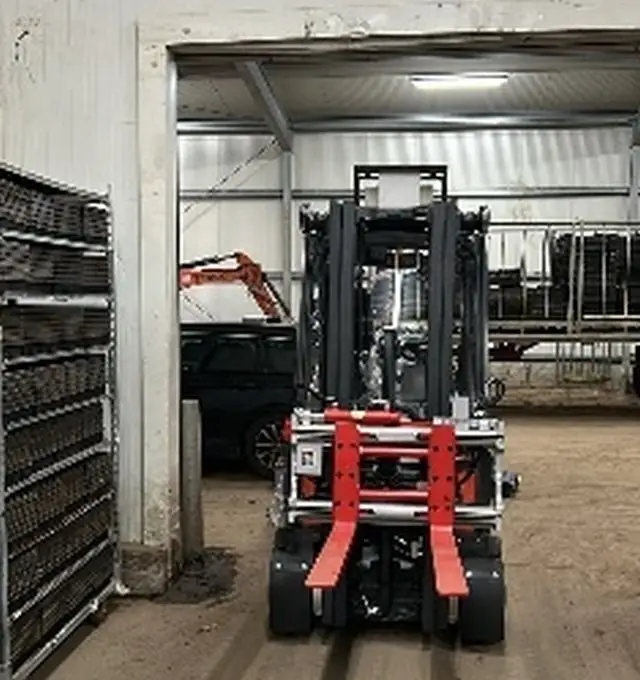
Efficient data acquisition and processing in real time
The data is entered by the Lüdemann forestry company. Employees on site use tablets or other end devices to record all relevant information digitally. Thanks to real-time monitoring, the data remains up-to-date at all times, ensuring seamless documentation and precise control of all processes.
Advantages for Forestry Operations
More efficiency, fewer errors, full control
The introduction of the RFID-based tracking solution has significantly improved location management at the Lüdemann forest nursery. With real-time tracking, pallets can be precisely assigned by location, quantity, age, and order, enabling a fast response to customer demands. The solution acts as an intelligent asset management system that captures entire containers and ensures error-free inventory control.
Thanks to UHF technology, the reading range can be flexibly adjusted — even beyond one meter. Individually configurable detection zones, such as in wide aisles, ensure precise localization. A high-mounted antenna also protects against damage from vehicles and external influences. This ensures that every plant is in the right place at the right time — without time-consuming searches or manual checks.
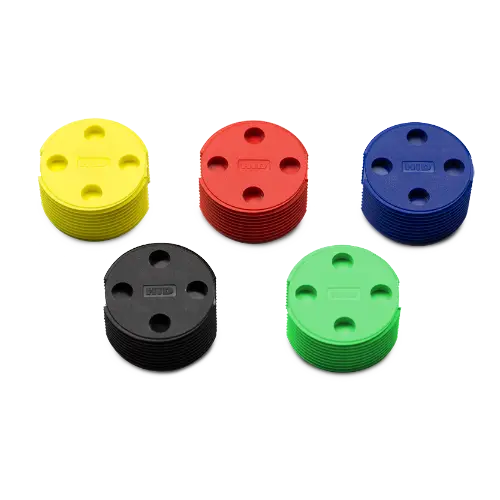
About GIS Gesellschaft für Informatik und Steuerungstechnik
GIS Gesellschaft für Informatik und Steuerungstechnik, based in Lenningen, Germany, offers RFID solutions and identification technologies. The company develops customized systems in various RFID frequency ranges, LoRaWAN-based IoT solutions and software for data processing.
